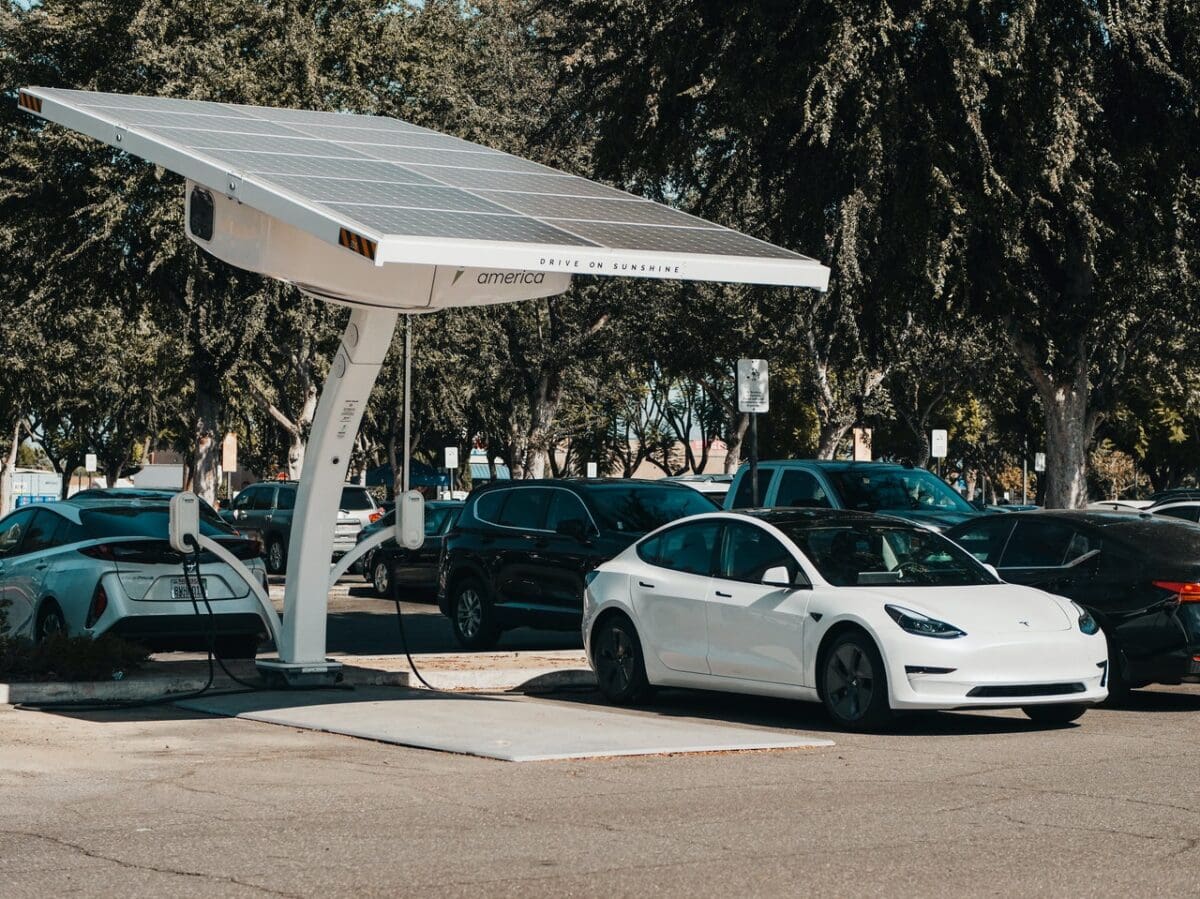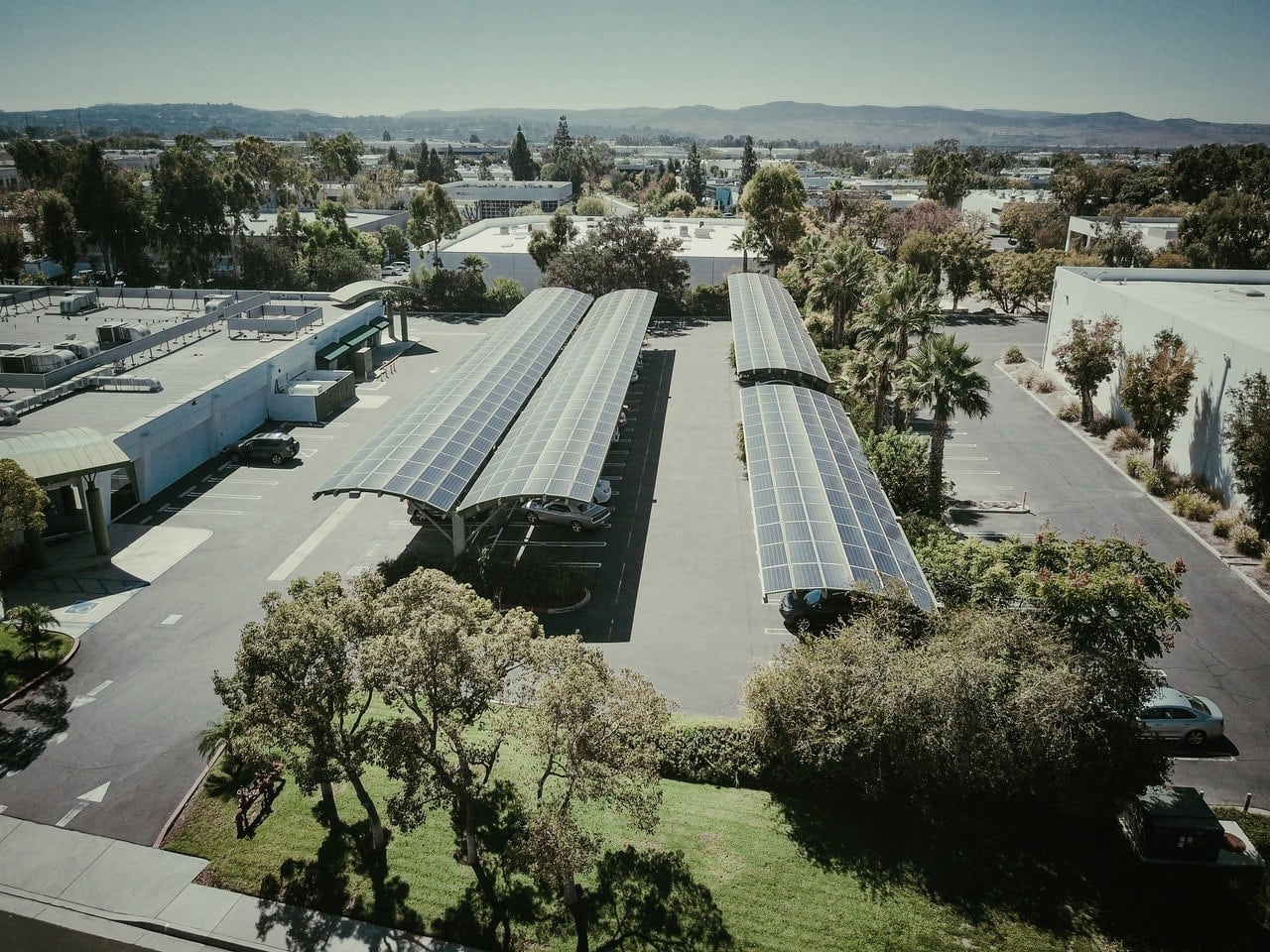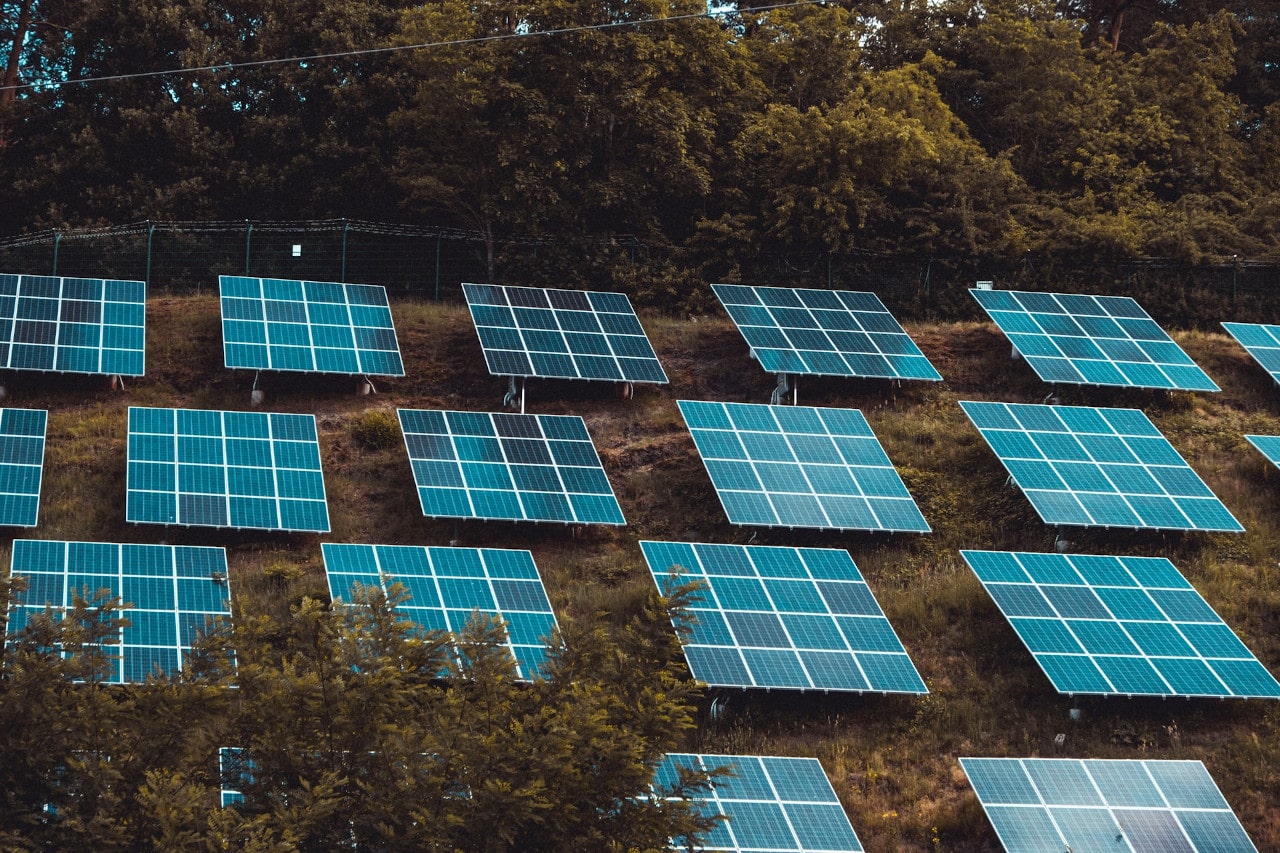The Latest Developments and Breakthroughs in Solar – Greener Ideal
The solar industry has come a long way in just the last few years. The latest developments and breakthroughs in solar technology include longer-lasting solar cells, solar cells that you can print onto flexible surfaces, solar panels that track the sun from east to west throughout the day, and solar power plants that work at night.
Solar Cell Efficiency
Solar energy efficiency has improved significantly in the last decade, driven by technological advancements, increased production, and competition among manufacturers. As a result, solar panels are now more efficient and cost-effective than ever before.
Solar cell efficiency is the percentage of sunlight that a solar cell can convert into electricity.
In 2010, the average commercial silicon solar cell had an efficiency of around 15%. Today, the average efficiency of commercial silicon solar cells is over 22%, and some solar cells have achieved efficiencies of over 25%. Some research cells have achieved efficiencies of over 47%.
This increase in efficiency is due to a number of factors, including:
- Improved cell design: Researchers have developed new solar cell designs that are more efficient at converting sunlight into electricity.
- New materials: New materials, such as perovskites and organic semiconductors, have been developed that can be used to create more efficient solar cells.
- Better manufacturing processes: Manufacturing processes have improved, leading to more consistent and higher-quality solar cells.
Despite solar cells being more efficient than ever before, solar energy still has not reached its full potential, so scientists are developing new ways to increase solar cell efficiency all the time.
[irp posts=”12659″ ]
Solar Shingles
Solar shingles are roofing materials designed to seamlessly integrate solar cells into the structure of a building. These shingles are designed to look like conventional roofing materials, such as asphalt or clay tiles, while harnessing solar energy from the sun. They consist of thin-film solar cells or crystalline silicon solar cells embedded within the shingle’s surface.
Solar shingles are a positive development for the solar industry for several reasons:
- Aesthetic Appeal: Solar shingles are visually appealing and blend seamlessly with the overall architecture of a building, avoiding the bulky appearance of traditional solar panels.
- Space Efficiency: They maximize space utilization by serving a dual purpose as roofing material and energy generators, making them suitable for homes with limited roof space.
- Increased Adoption: Solar shingles make solar energy more accessible and attractive to homeowners who may be deterred by the appearance of traditional solar panels.
- Grid Resilience: They contribute to grid resilience by generating electricity at the point of use, reducing transmission losses.
- Environmental Benefits: Solar shingles reduce greenhouse gas emissions and dependence on fossil fuels, promoting clean and sustainable energy generation.
In summary, solar shingles represent a promising development in the solar industry, as they enhance both the aesthetics and practicality of solar energy integration into residential and commercial buildings.
[irp posts=”41937″ ]
Solar Windows
Solar windows, also known as photovoltaic windows or transparent solar panels, are innovative building materials that generate electricity from sunlight while allowing visible light to pass through. They work by integrating transparent photovoltaic cells into the glass or window frame.
These windows typically utilize two key technologies:
- Transparent Solar Cells: Transparent solar cells are designed to absorb specific wavelengths of light, primarily in the ultraviolet and near-infrared spectrum, while allowing visible light to transmit through. They use materials like transparent conductive oxides or organic photovoltaic materials.
- Light-Selective Coatings: In some cases, light-selective coatings are applied to the glass surface to enhance its solar energy harvesting capabilities. These coatings help trap sunlight and direct it towards the transparent solar cells embedded in the glass.
When sunlight strikes the solar window, the transparent photovoltaic cells convert the absorbed solar energy into electricity. This electricity can then be used to power electrical devices within the building or be fed into the grid.
Solar windows offer a promising solution for energy generation in buildings, as they can replace traditional windows, making them a more sustainable and efficient option for harnessing solar energy while maintaining natural light and aesthetic appeal.
[irp posts=”1348″ ]
Interesting Scientific Breakthroughs in Solar Energy
The solar industry has come a long way in just the last few years, driven by increased interest, investments, and research funding.

Night Time solar plant
In May 2016, solar power plant developers Enel Green Power North America unveiled a new solar power plant. It can produce electricity at night.
This solar farm is located in California’s Mojave Desert. It consists of a field of solar panels placed on steel stilts.
A battery system stores electricity from the solar farm during the day. It’s then used to generate solar power at night.
Perovskite solar cells
In June 2016, researchers from Manchester University in England unveiled a new solar cell made from perovskite crystals.
To make a long story short, solar cells made from perovskite crystals can be as much as 20% more efficient than solar cells made from silicon. Perovskite solar cells have only been around since 2009, but they are quickly gaining traction.
Expect to see many more solar power plants and solar panels that use this technology in the coming years.
Sun-Tracking solar cells

In December 2016, researchers at the University of New South Wales unveiled solar cells that track the sun from east to west throughout the day.
These solar cells are shaped like bowls. They use solar trackers to follow the sun to capture more of its energy.
This solar cell comes from an array of smaller solar cells. Therefore it captures 40% more solar energy than a solar panel would. In fact, it can gather around 50% more solar power on a clear day.
[irp posts=”20313″ ]
Printable solar cells
In February 2017, researchers from Michigan Technological University unveiled solar cells that can be printed onto thin plastic sheets.
These solar cells measure only around half a millimeter thick. They are flexible enough to be rolled up.
They can also withstand being submerged in water or run over by a car without being damaged.
Solar cells that can be printed onto flexible sheets. They will enable solar power to be placed anywhere, including in places where solar panels cannot currently go.
[irp posts=”22085″ ]
Final Thoughts
The solar industry has come a long way in just the last few years. It’s set to continue on that path for a very long time.
New solar power plants are being built every week, and solar panels are becoming more affordable all of the time.
Given the breakthroughs in solar, it seems solar energy will be an integral part of our day-to-day life moving forward.
What do you think? Are there recent breakthroughs in solar that excite you?



